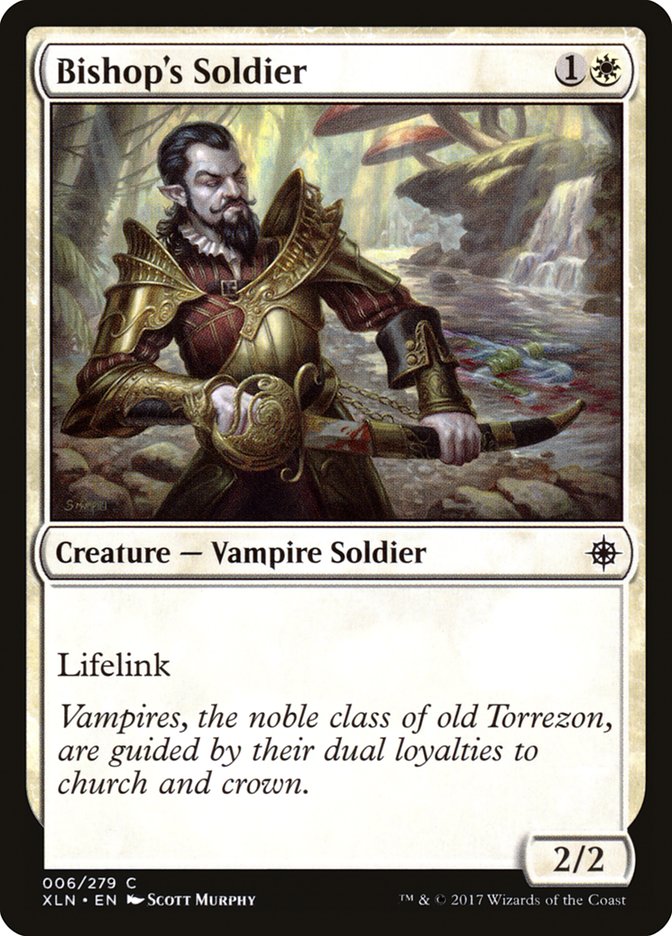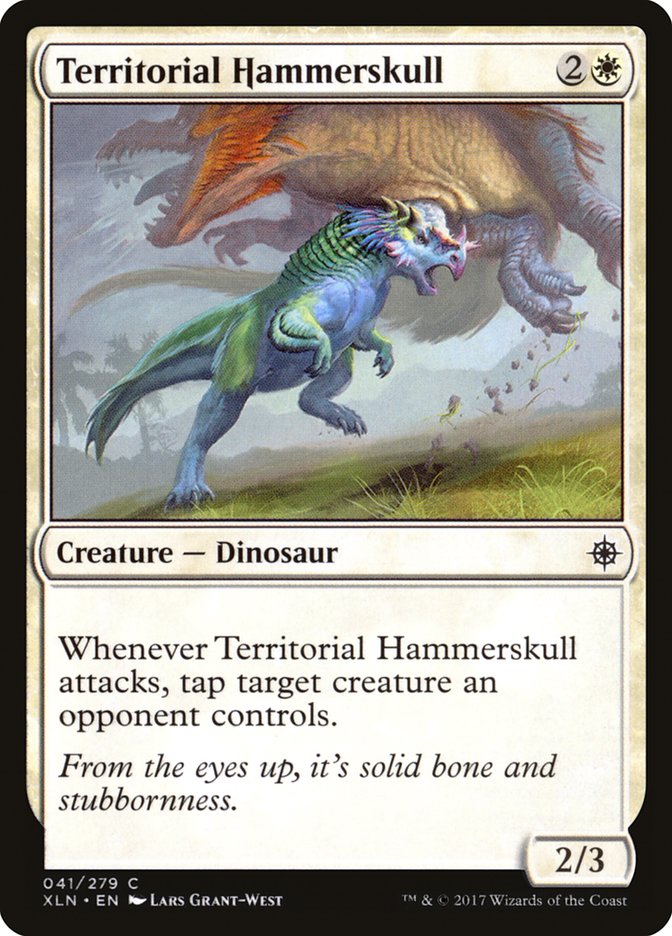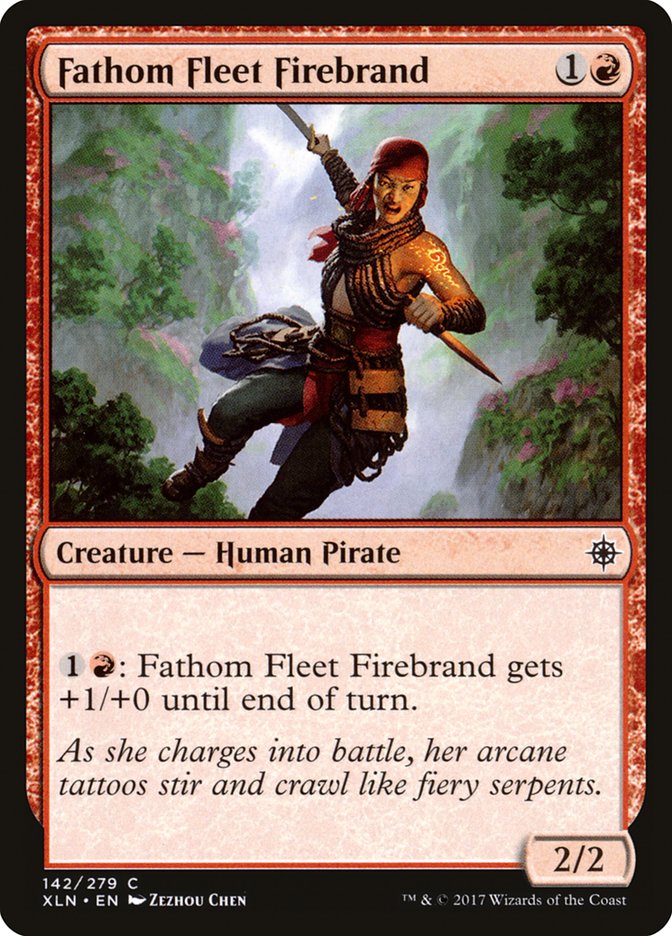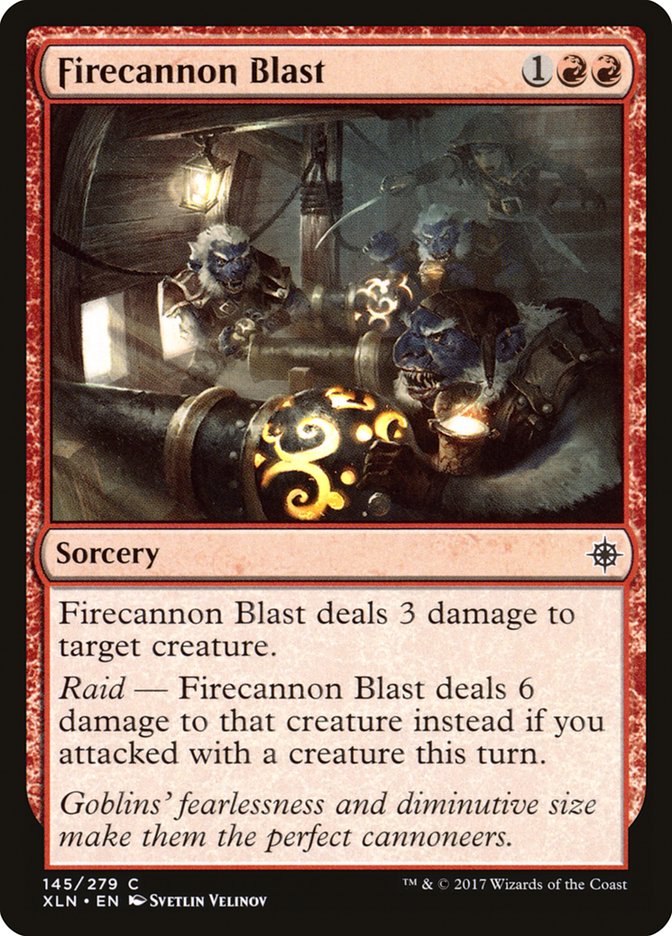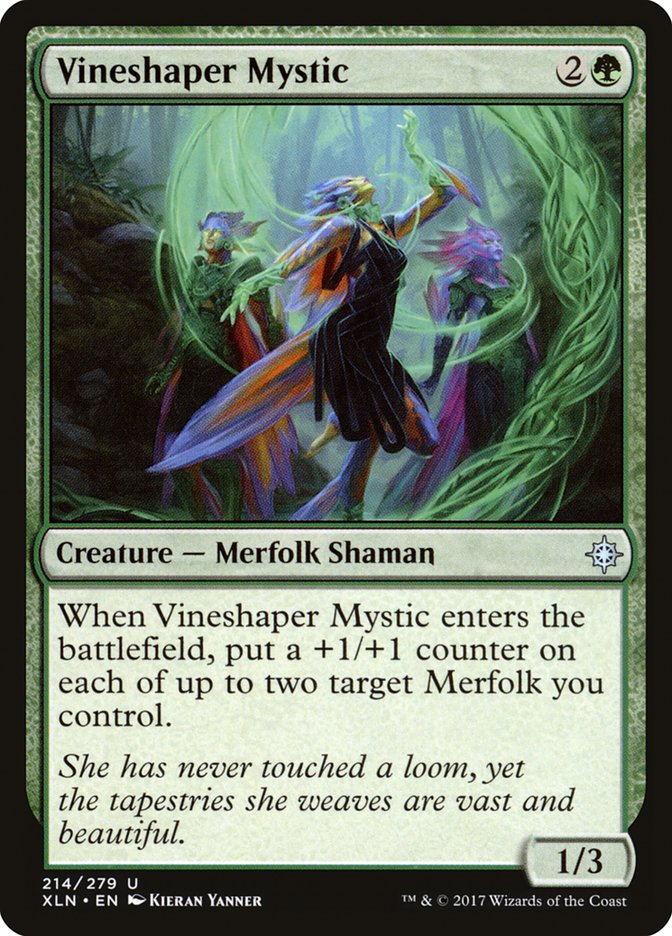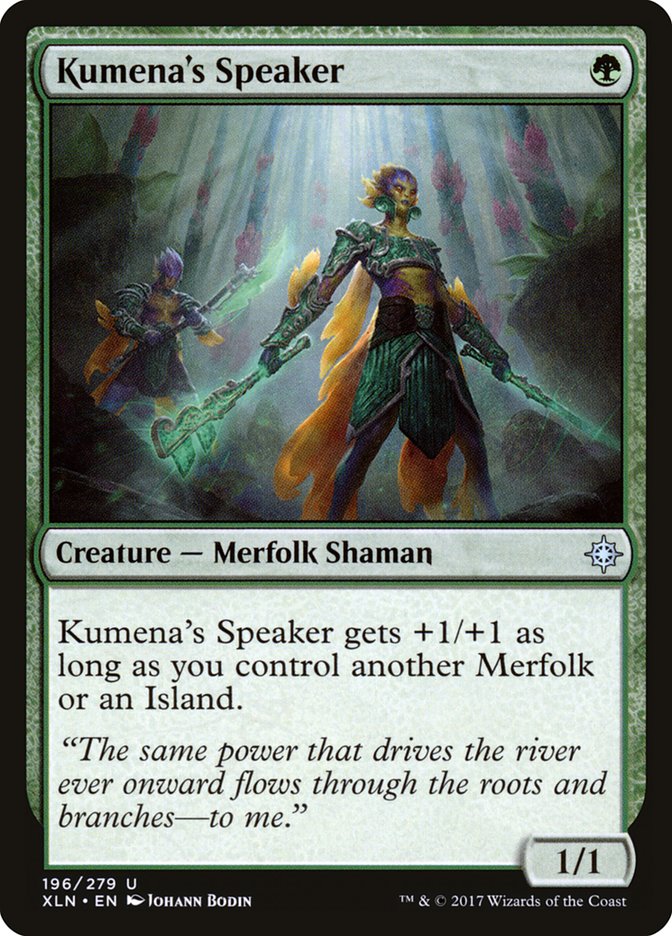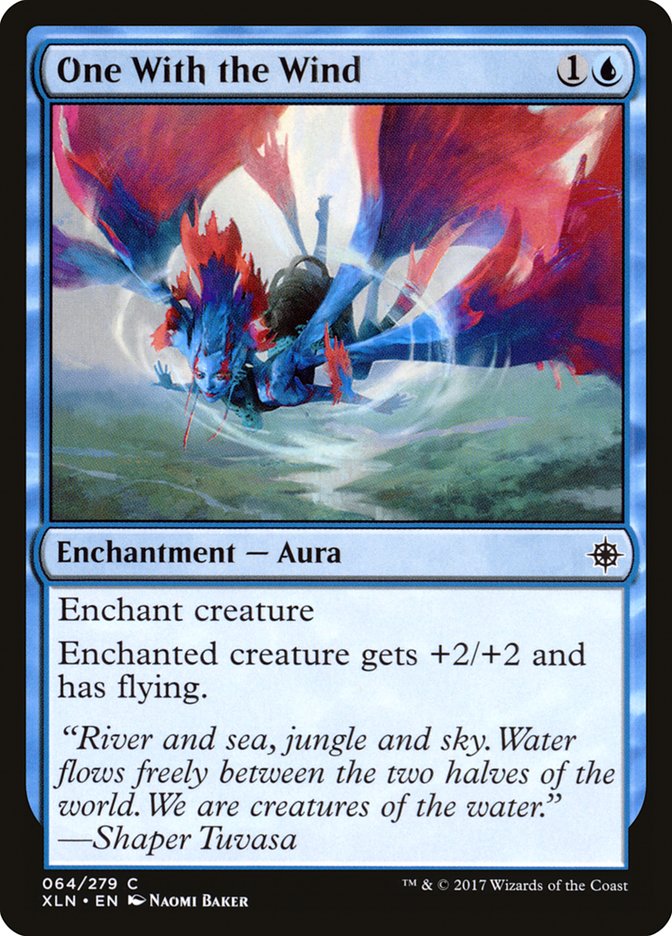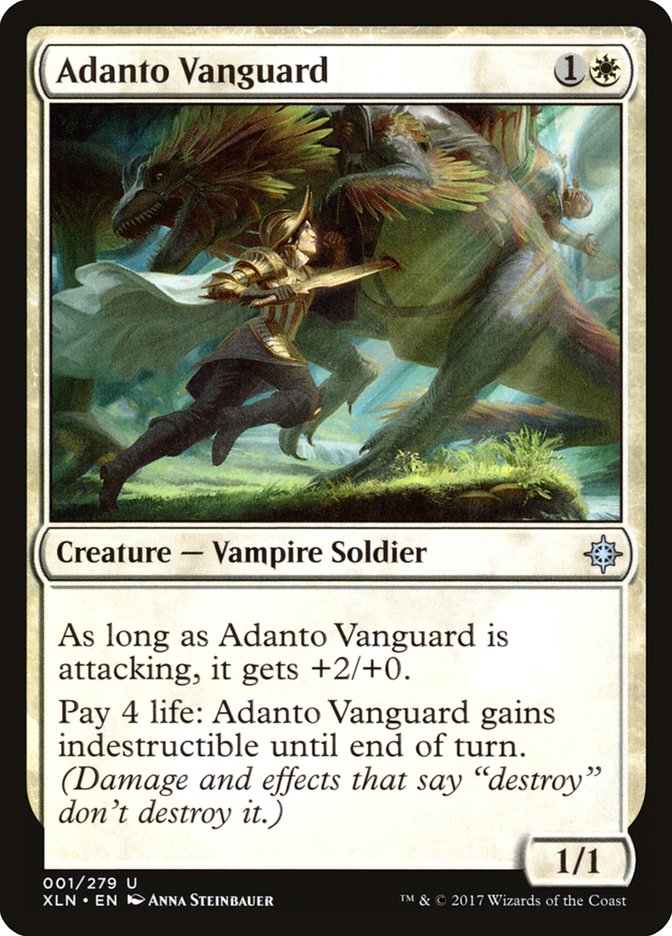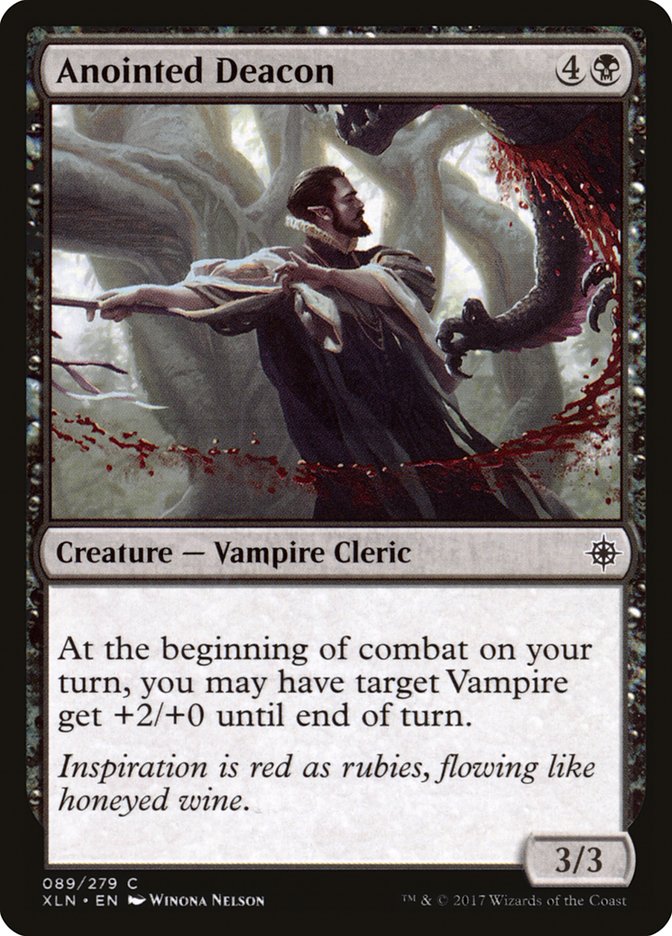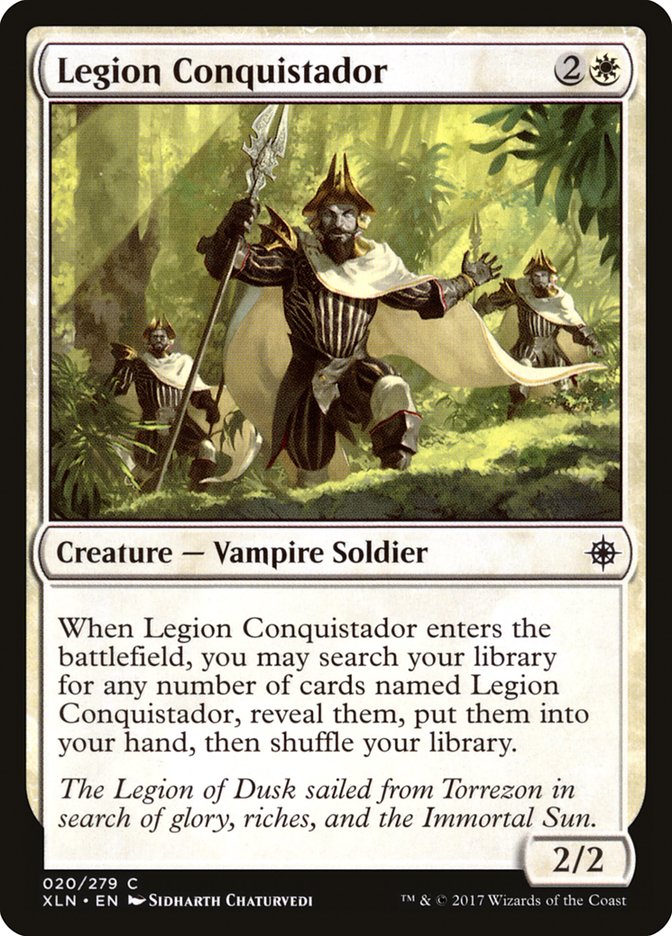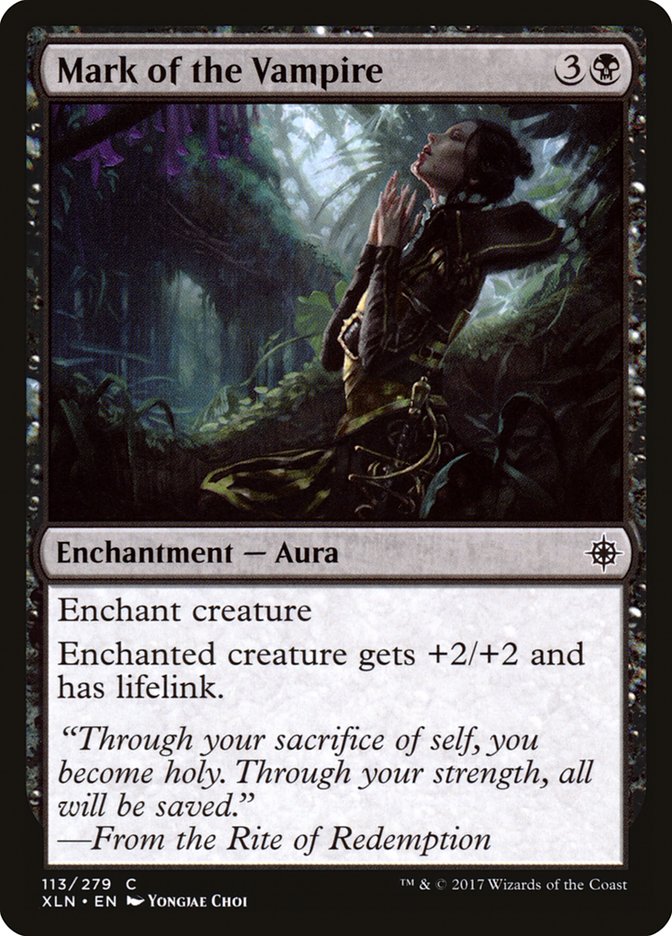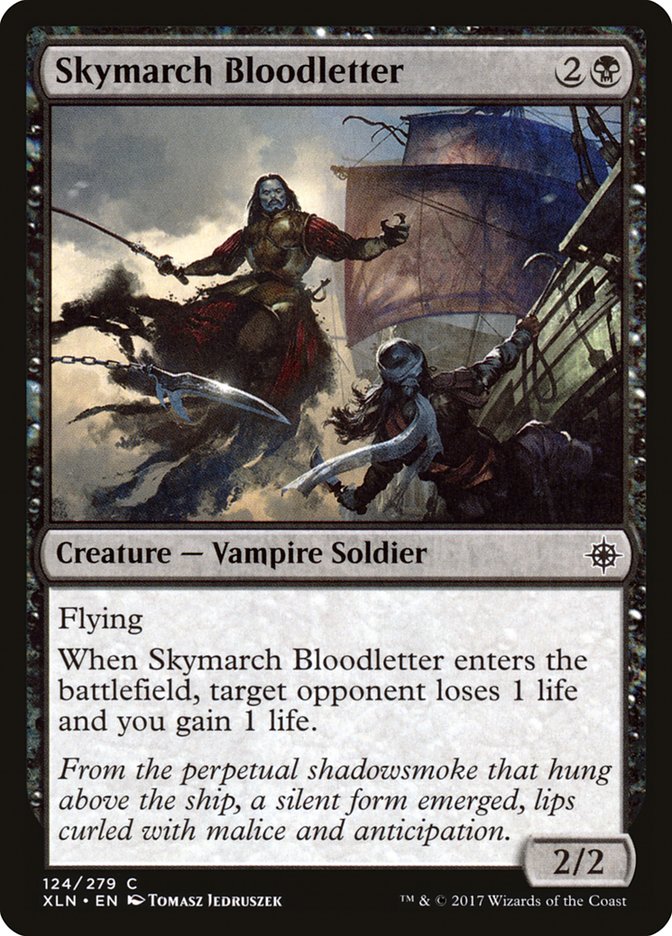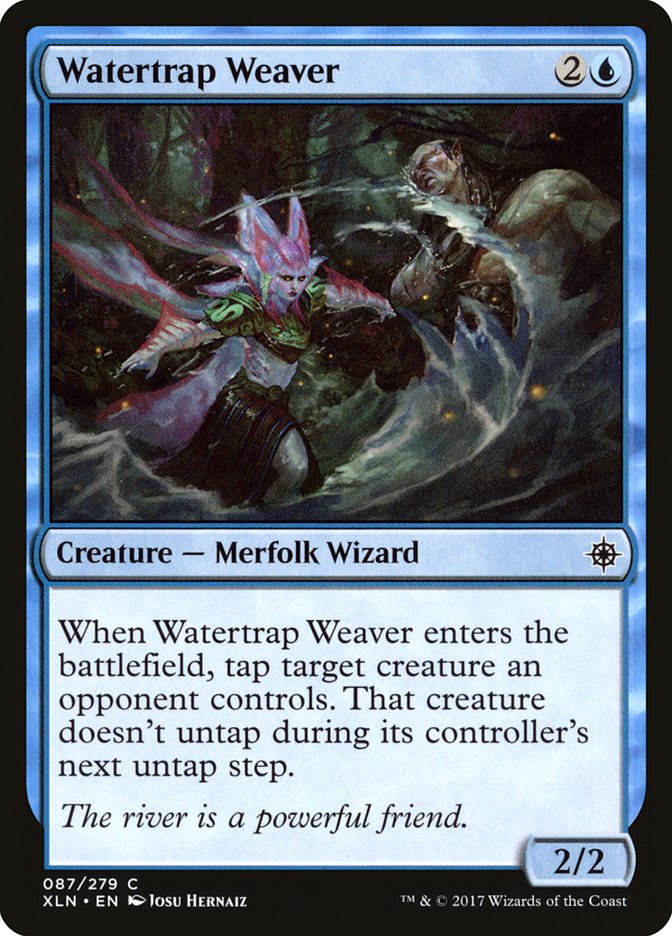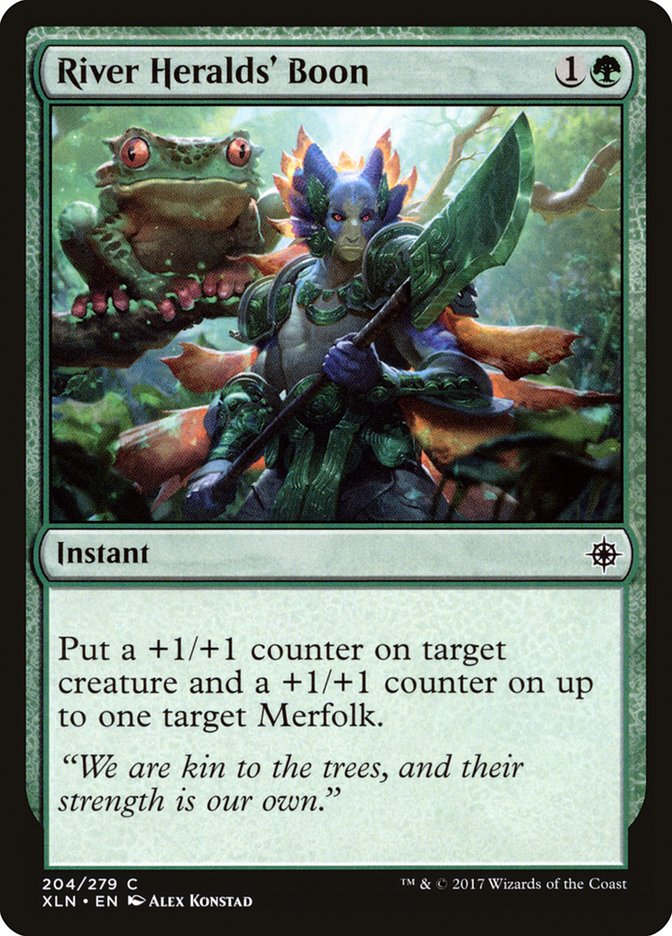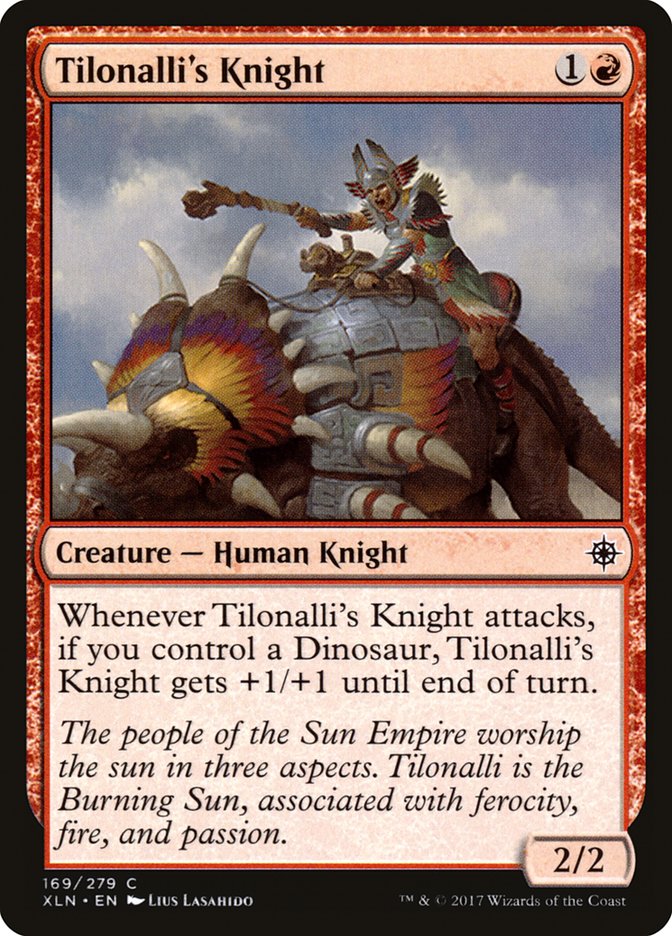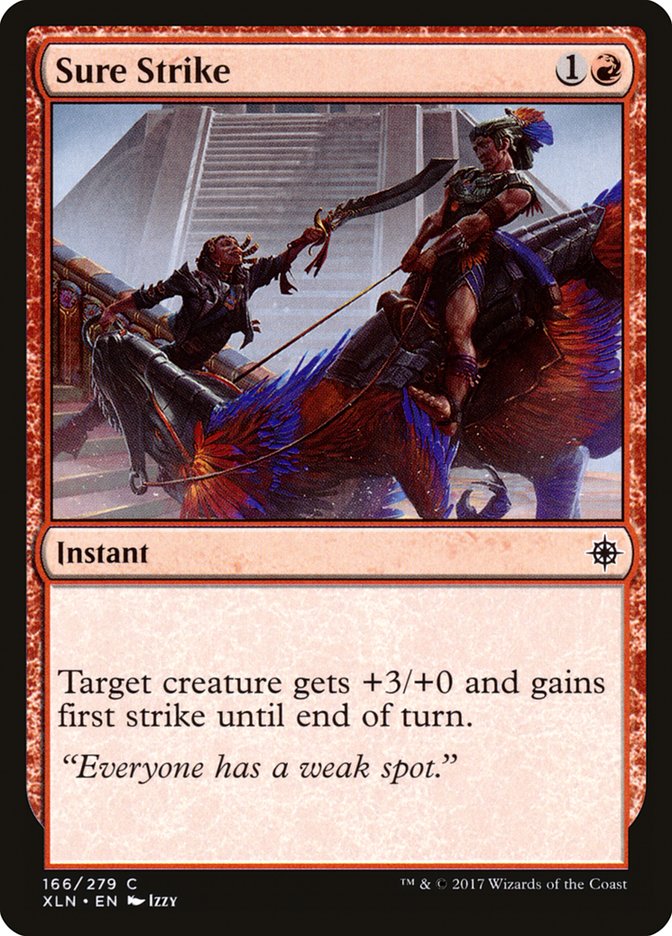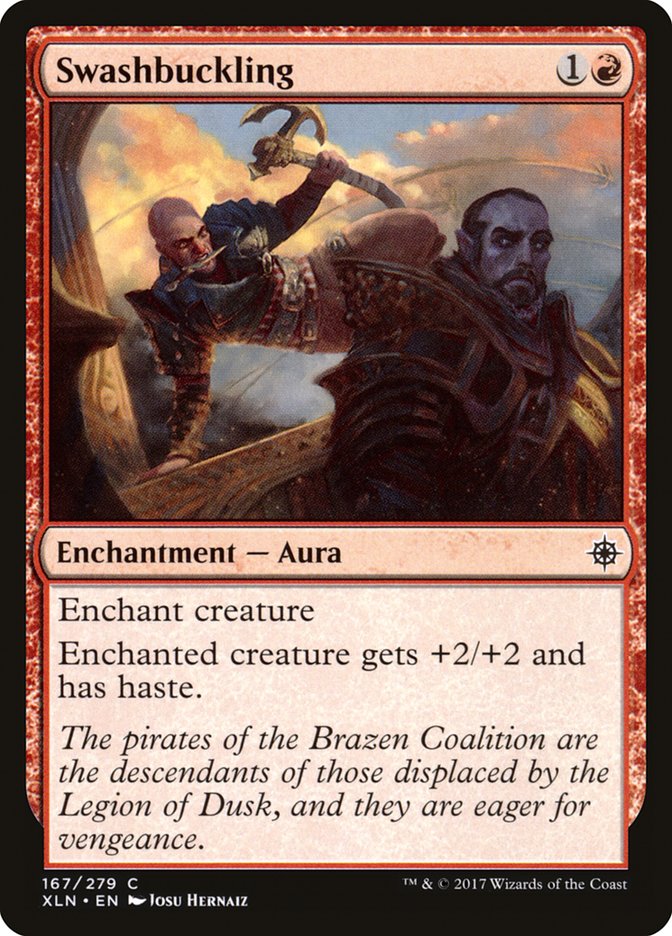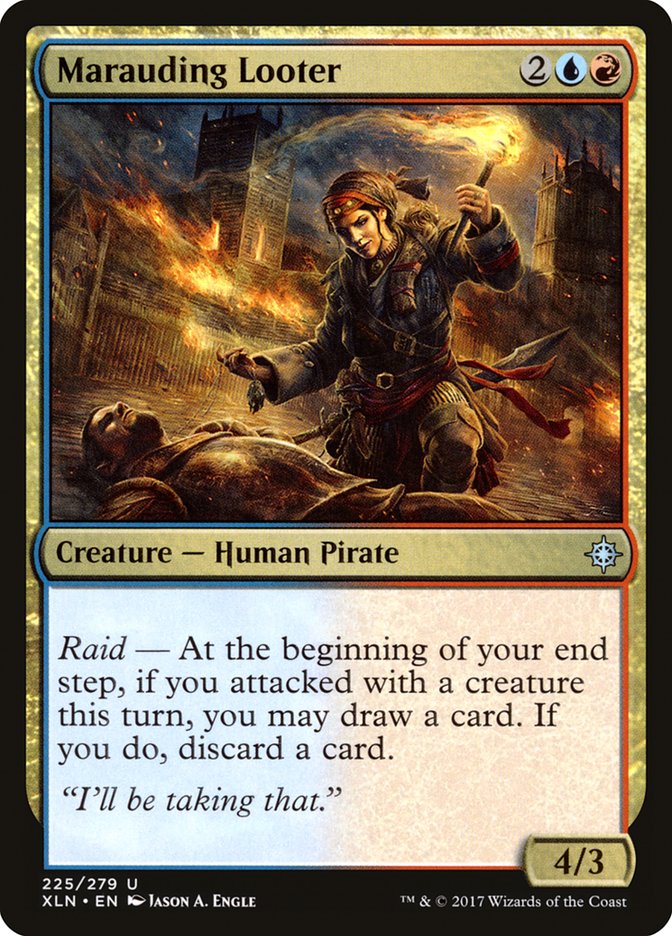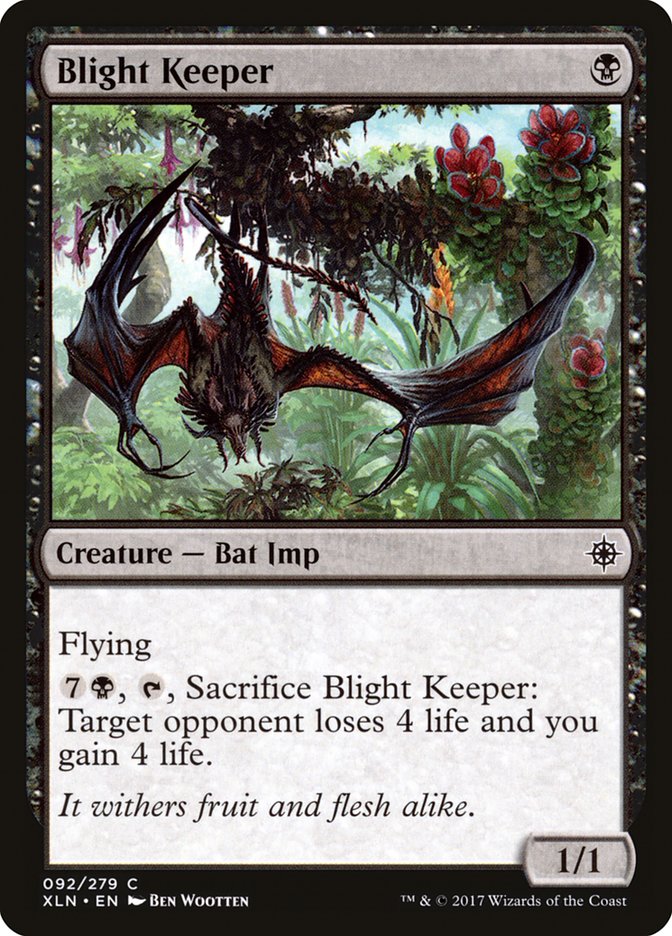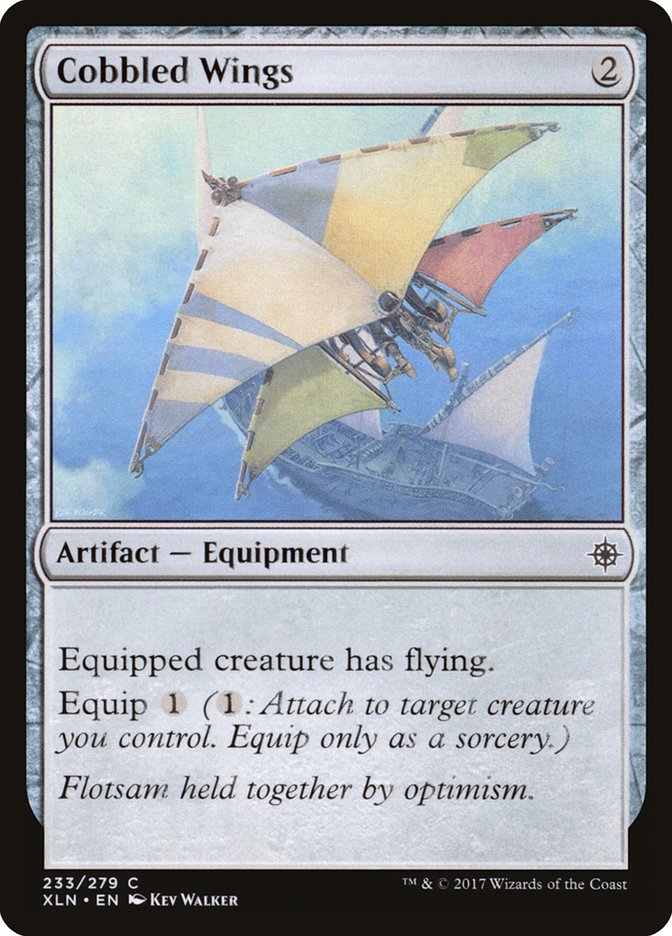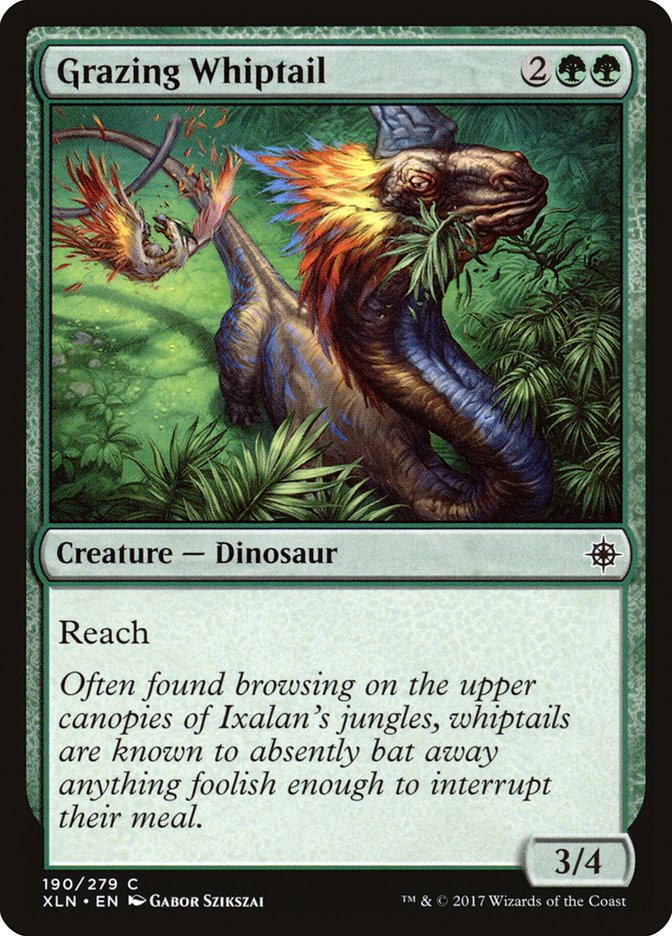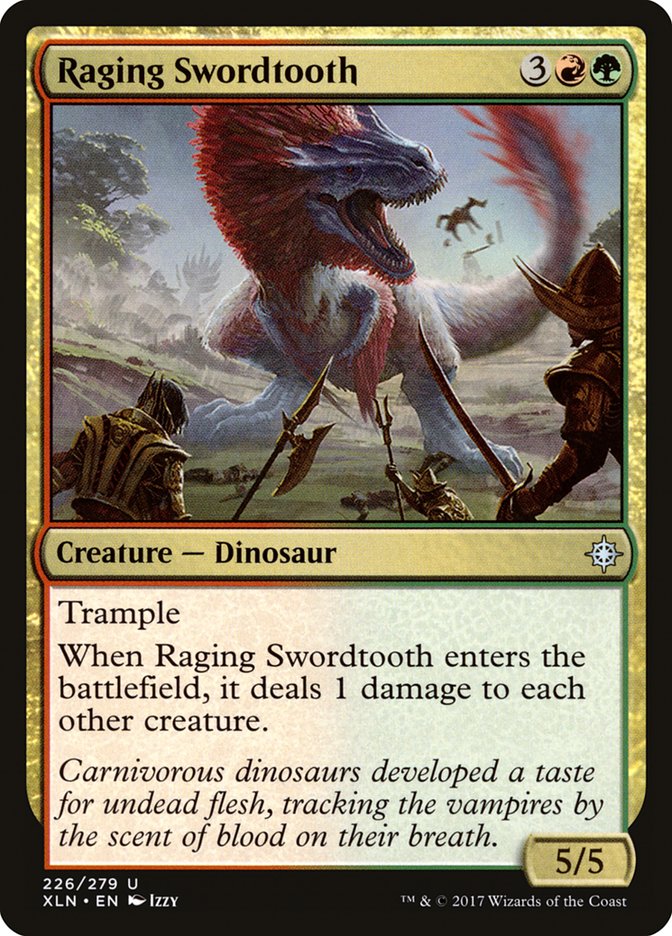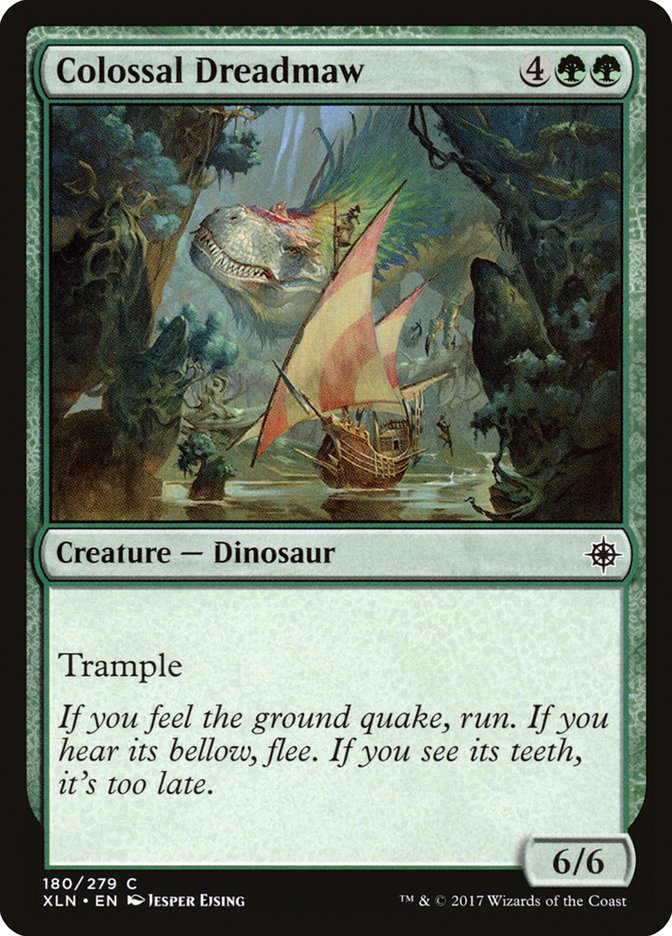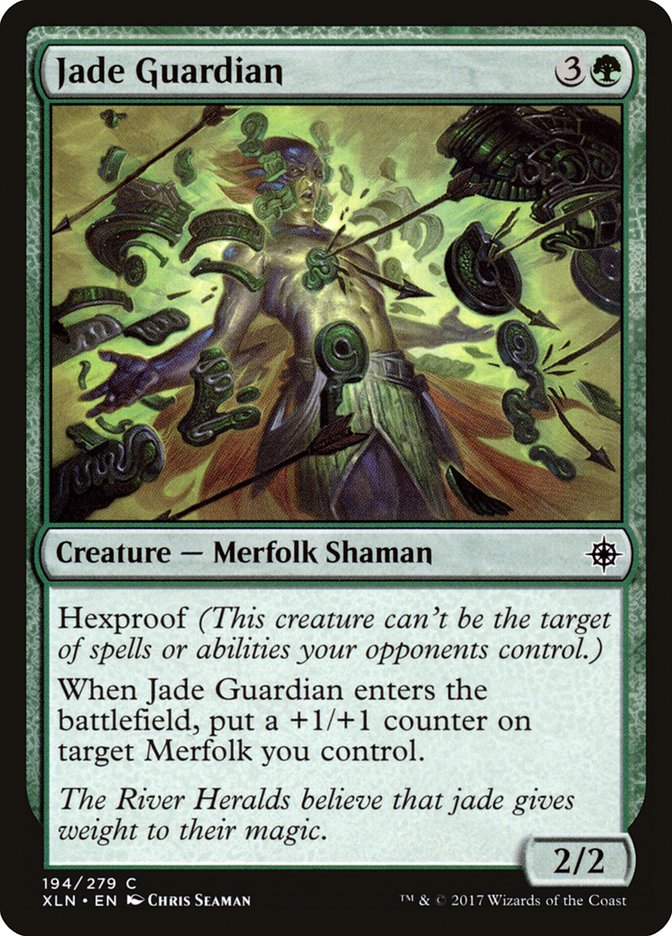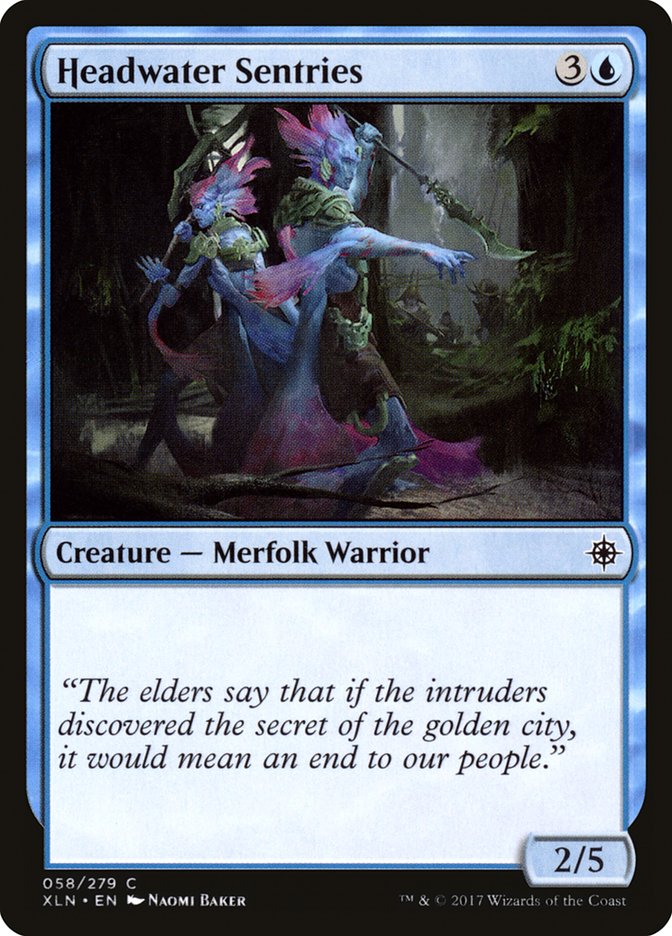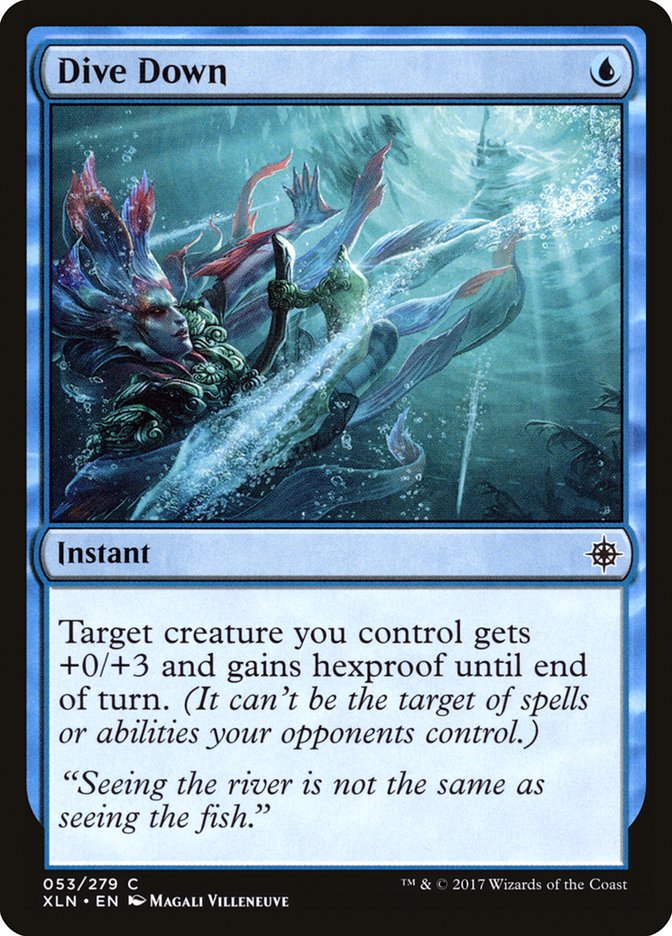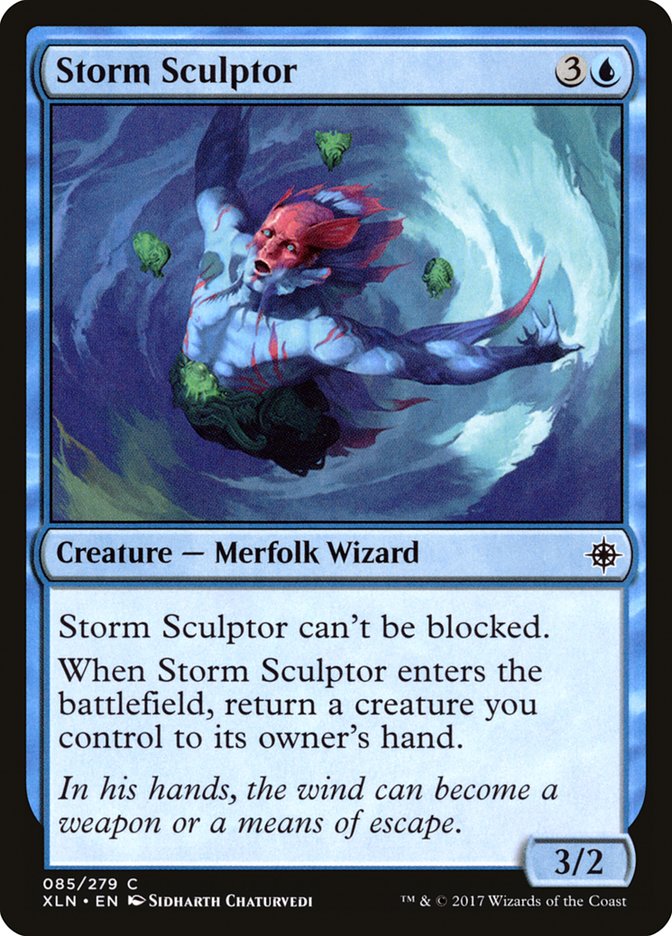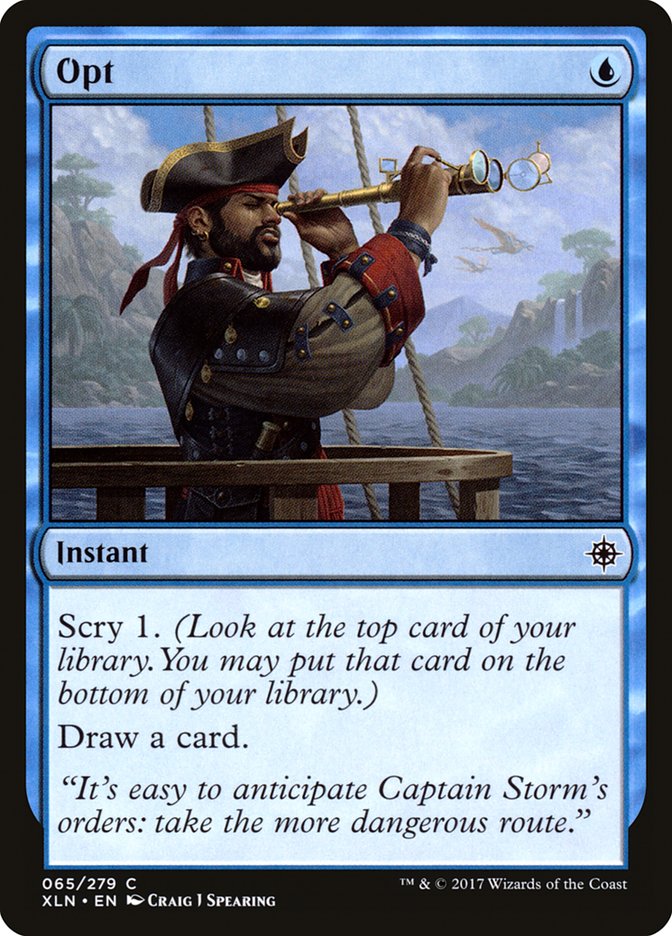Today I’m skipping the usual Draft Digest to address the Ixalan format as a whole.
As you’ve probably heard by now, plenty of players are vocalizing their dislike of the Ixalan Limited format. These arguments stretch from low power level to shallowness to high variance. While I will agree that it’s not the best format ever, and the power levels of a lot of the commons are low, that does not make the format inherently bad.
I believe the Draft format has intricate decisions and that you can always end up in a good deck. In order to succeed in this format, you need to approach it in a different way from most Limited sets. One of the biggest things you can do is try your best to mitigate the potential variance.
Mitigating Variance
Many players are saying this format is “high-variance.” This is perceived as much higher than it truly is. We just came from a format with cycling lands at common, so the juxtaposition of a format with lower variance makes Ixalan look worse. The truth is, this format is high-variance if you do nothing to mitigate said variance. But a full understanding of the format and archetypes can lead to drafting decks capable of beating the specific starts that make you feel helpless.
A great example of adapting in a manner designed to mitigate variance is that I now have Bishop’s Soldier as the best white common. That’s right, I have it higher than Territorial Hammerskull, which I think most people would disagree with (although they are pretty close, both in the top five commons). You see, the insane starts are near-impossible to race. Having a cheap card that wears Equipment and Awell and makes racing difficult is exactly what you need to not auto-lose to stupid starts. One with the Wind on Jade Guardian is beatable as long as you can attack, and Bishop’s Soldier is a four-point life swing on a two-drop!
But Ryan, what if I don’t draw my Bishop’s Soldier and just get run over?
Look, this format is aggressive. We aren’t talking triple Amonkhet or Zendikar, but you can definitely get on the back foot early. Because of this, two-drops are at a premium, making Fathom Fleet Firebrand better than Firecannon Blast. So draft a bunch of two-drops. It doesn’t matter if you’re a dedicated aggro deck or not; you need to have a density of early plays, so take them highly. Bishop’s Soldier is the best of the bunch because of the way it plays in a race, but you’re not hopeless without it!
So the name of the game to succeed in this format is mitigating variance. Draft cards differently to line up better against the stupid things you can do in this format, and also cards that are still good when you mulligan. As the format is aggressive and synergy based, you can expect to mulligan more than usual.
The last, and probably most important, thing you can do to mitigate the potential variance in this format is to put a lot of energy into the draft.
The Draft
This is one of the more complicated Draft formats we have seen. Finding your lane is crucial, but giving up playables in your early picks is risky given the low power-level of the set. The fact of the matter is, if you read the table properly and identify the open strategy, you’ll have a good deck even if you give up on your first five picks. The problem is when you don’t identify that strategy and instead commit because you have to; then you will trainwreckmore often than usual.
You must approach Ixalan with the goal of staying open as late as possible. You should be actively reading signals and taking hedge picks starting around Pack 1, Pick 4. For example, the first couple of picks of Pack 1, I am going to take cards that fit well into multiple strategies: One with the Wind, Territorial Hammerskull, Vanquish the Weak, Pirate’s Cutlass, etc. But once you see something like a Vineshaper Mystic Pick 4, be prepared to throw away everything.
It can get more nuanced than this, though. If I see a card late that I feel shouldn’t be there, Kumena’s Speaker as Pick 7, for example, I’ll take it as a hedge and note if Merfolk cards wheel. If they don’t, I miss out on a pick or two; if they do, I’ll have the best deck at the table.
If you don’t think you’re up to par on reading signals, I highly advise you read this article, which gives a bunch of solid tips on improving at this. It’s crucial for success in Ixalan Limited.
Color and Archetype Preferences
As I said, staying open and finding the proper lane is the key to the format, but it’s even deeper than that. The best archetype is the open archetype, but that doesn’t mean you should end up in each archetype at an equal frequency.
Green is the worst color by a substantial margin. The non-Merfolk green decks often struggle to maintain tempo, which is a huge problem in the format. In order to draft green, it has to be wide open, because the fail-rate is higher for these decks. So I avoid first-picking a green card if I can and, based on this preference, draft green less.
I had been doing so well within the Esper shard that I had serious color preferences a week ago. My rankings at that time were as follows.
Current ranking of #MTGXLN archetypes: UW > BW > UB = UG >> RW > UR > BR >>>>> GB = GR = GW. 5c fluctuates full spectrum depending on rares
— Ryan Saxe (@rcsaxe) October 14, 2017
Since then, everything has gotten closer. While green is still the worst color, I no longer avoid it like mad (although I do avoid it if I can).
Many archetypes have drastically different priorities when it comes to the draft and build. Here is what I have found for each color pair, and this should help understand the ranking above.
U/W
There are actually two versions of this deck. The one that I prefer is a tempo-based deck that pretty much needs One with the Wind. Without any copies of that card, this U/W Tempo deck loses a lot of its power, so you need to prioritize it over pretty much everything. If you haven’t put One with the Wind on Bishop’s Soldier or Adanto’s Vanguard yet, I would highly recommend it.
This deck splashes more than you would think and is also looking for tempo cards, so Depths of Desire is surprisingly good here. I know that it feels weird for a tempo/aggro deck to splash, but given the power level of the set, it’s worth it. The card I splash the most is probably Anointed Deacon. This deck plays a lot of Vampires, and Deacon wears One with the Wind well.
Even more importantly, U/W as a control deck that splashes powerful cards is also solid, as can be seen in Nico Bohny’s recent article. So if your One with the Winds aren’t working out and you can’t seem to put together this aggressive deck, it has a very successful fallback plan, which is important in this format, given the propensity to trainwreck.
W/B
Overall this is the only midrange-ish deck I’m comfortable playing in this format. Other than Vampires, I want to go over the top with rares or have a lean aggressive deck. The reason this deck is so good is because it’s resilient. All the cards do similar things, and they make racing difficult. This lets it keep up with aggressive decks while also pressuring the control/durdly decks.
Two commons can be very important for this strategy: Legion Conquistador and Anointed Deacon. This deck doesn’t have access to much card advantage, and it makes a ton of bodies without much to do with them. The combination of these cards is very powerful. Essentially this deck needsways to pump the tokens to be good. If you don’t have Anointed Deacon, Pirate’s Cutlass, etc. you’re going to run into problems. So a good way to get into this deck is seeing an Anointed Deacon around Pack 1, Pick 5 and hedging for the strategy.
Also of note, both Skulduggery and Vampire’s Zeal are spectacular in this deck (well, and in general). I’m happy playing multiples of both in any Vampire deck.
U/B
This deck tends to have a lot of Pirates, but I don’t really care about the creature type as much, as the payoff isn’t worth jumping through hoops. What I care about more is a density of evasion. In almost every format, U/W is the “skies” deck, but in Ixalan it’s actually U/B! There are a bunch of little fliers, and hence this deck is just great at chip damage and utilizing blue tempo cards to keep the game out of reach.
This strategy can be maximized by cards that help this specific approach win a race. I would say the two most important cards to the deck are Mark of the Vampire and Pirate’s Cutlass. This way, you can still hit hard with your fliers without worrying as much about your opponent running you over.
But that’s not the only version of U/B. You can also draft a Treasure-based control deck. Just like U/W, I don’t like this deck as much as the aggressive version, but it is a great fallback plan to have. Because of this, it’s not as important for U/B to be wide open, since it can support two drafters, given that they both will want a different array of cards.
U/G
Merfolk was the best-performing deck early on, and the only reason it hasn’t persisted is the fact that it’s overdrafted. Curving well with evasive creatures that are undercosted is always going to be a potent strategy, and Merfolk does just this. The deck is difficult to race because of Watertrap Weaver and other tempo-oriented cards.
The problem with Merfolk is that the best payoff cards are uncommon, so it’s hard to support two drafters. River Heralds’ Boon is crucial to the strategy and there isn’t even really enough at common to share should multiple people draft the deck. Because of this, blindly going into Merfolk is a bad idea.
I usually end up in Merfolk by starting with some blue cards and then taking a River Heralds’ Boon or something of the like around Pack 1, Pick 5 to hedge if the strategy is open. If you’re the only Merfolk drafter, you will likely have the best deck at the table, but if you’re not, your deck will lack in one way or another.
W/R
Honestly, W/R is just a pile of good, cheap creatures. You want to be as aggressive as possible, and Dinosaur synergies are nice, but I wouldn’t go out of my way to get them. Just try your best to hit hard. While Tilonalli’s Knight is spectacular in the deck, you should still play every copy of Fathom Fleet Firebrand and Bishop’s Soldier that you can get your hand on.
There’s honestly not much more to this one, but it’s quite good. The biggest thing here is to draft combat tricks highly. Sure Strike is quite solid, and enabling attacks every turn is important.
U/R
In general, the blue tempo decks in this format are very good. They attack on a couple of different axes to make them difficult to pull apart, and U/R is no exception.
There are two versions of this deck, one a hyper-aggressive version with a bunch of one-drops and swashbuckling, the other a normal tempo version. I prefer the normal version, mostly because of resiliency to other archetypes. This deck can utilize Siren’s Ruse well in order to gain additional late-game value with card advantage through raid, and all the looting cards prevent flooding to some extent, or at least more than other strategies in this format.
Funnily enough, I’ve found this Pirate deck to be the one that wants March of the Drowned the most, as it’s best at grinding as a backup plan. So don’t be scared to splash it off Depths of Desire or Sailor of Means.
B/R
This deck needs to be as low to the ground as possible. The evasion it has access to is not as good as with other archetypes, and hence it has to kill opponents as quickly as possible. Christian Calcano had it right; you really want Swashbuckling and as many cheap creatures as possible. Now, I wouldn’t advise going below sixteen lands, as colored sources are very important. Also, this deck has access to a fair amount of mana sinks anyway.
While Makeshift Munitions and Hijack are in the set, do not pair this into B/R. It doesn’t work in the way that I had hoped, and I would stay away from attempting that strategy. Makeshift Munitions can make the cut with the right list, but I would still likely leave Hijack in the sideboard, as it doesn’t impact the game enough.
W/G
W/G is supposedly a Dinosaur ramp deck, but it really doesn’t come together like that. Are there Dinosaurs? Yes. Ramp? Sometimes. But overall it just feels like a mediocre midrange deck. Kinjalli’s Caller doesn’t reduce the cost of enough spells to be good, and I’ve found the best version of this deck to be a pile of good cards.
The biggest problem that W/G has is that it often stalls the battlefield without ways to get through. The key card to this archetype is actually Cobbled Wings. Your threats are larger than your opponent’s, and with all the Grazing Whiptails and such, it’s hard for them to attack you.
R/G
R/G can be built two ways. There is an aggressive build, and a more midrange build. And both of these are mediocre most of the time. The problem with the aggressive deck is that the green cards just don’t pair well with the red cards, so it rarely is on par with the other aggressive decks in this format. The midrange deck can be all right, though, mostly in an attempt to take advantage of the size of the Dinosaurs.
Colossal Dreadmaw is actually somewhat of a pull into this deck. It completely dominates a battlefield, and if you ever cast it on Turn 5 with haste off an Otepec Huntmaster, you’ve built your own Charging Monstrosaur. The problem is that Colossal Dreadmaw is not a good enough card to really get me to draft a deck that I’m not a huge fan of. Usually I’ll end up in this deck by picking up a Raging Swordtooth and getting Commune with Dinosaurs, Pounce, or Colossal Dreadmaw very late.
B/G
There are pretty much no reasons to end up in this color pair at common. But both Lurching Chupacabra and Wildgrowth Walker are very powerful cards that work well in B/G, and certainly Vraska, Relic Seeker is a great card to pull you that direction. My problem with the value-based B/G decks is that they just seem worse at accumulating value than the blue versions of the deck. Green really just doesn’t feel like it brings enough to the table in this format.
Outside of those uncommons and rares, B/G is an archetype I use as a backup plan when pretty much everything else fails. Use New Horizons and cards like Contract Killing to splash as much as possible is a reasonable plan. And having access to the combination of Jade Guardian and Mark of the Vampire is definitely a way to win games.
I’m never really excited to be B/G without the aforementioned cards/combos, and so, like most of the green decks in this format, I avoid it.
Underrated Cards
At this point I have Skulduggery as one of the top commons. Cheap interaction is at a complete premium, and this card can just dominate many combat situations. I find myself saying “I hope they don’t have Skulduggery” enough that I just take it highly now. I’m happy to play multiples of this trick as well.
Dive Down is a card that a lot of players, myself included, dismissed at the beginning of the format. As it turns out, removal is so clunky, and suiting up threats so common, that most of my blue decks want one or two copies of Dive Down.
Okay, Headwater Sentries isn’t great by any means, but I haven’t been unhappy maindecking a copy in most of my blue decks. A 2/5 can completely dominate a battlefield in this format, and it has a relevant creature type and dodges a good amount of the removal. Even though it isn’t as assertive, the blue tempo decks can get into very close situations, and this card can help you still chip away when you start falling behind.
Overrated Cards
Unfriendly Fire almost always trades down on mana, and going to the face really doesn’t happen all that often. Sure, it’s a card I’ll play, but it is not a pull into red.
Opt is a fine playable, but you shouldn’t prioritize the card. It’s fine, but it’s also fine in your sideboard as well.
And probably the most overrated card is Storm Sculptor. The card trades down on defense and is too tempo-negative overall. I have been quite unhappy with the card, and I try my best to not have it in my maindeck. I’m not even sure if it’s better than Headwater Sentries anymore.
***
That may have been a lot to…digest, but it’s well worth it! With a full understanding of the texture of the format, you can really maximize a draft. Knowing what to look for to go into each deck, as well as successfully reading the table, is the recipe for success in Ixalan Limited.
Remember to do your best to draft cheaper cards and be assertive. There are plenty of different decks that exist, but the most consistent ones are aggressive. Stay open, find your lane, and reap the rewards!


